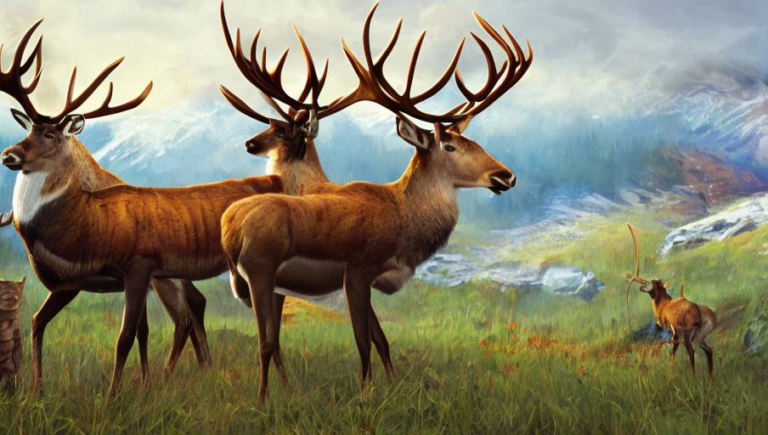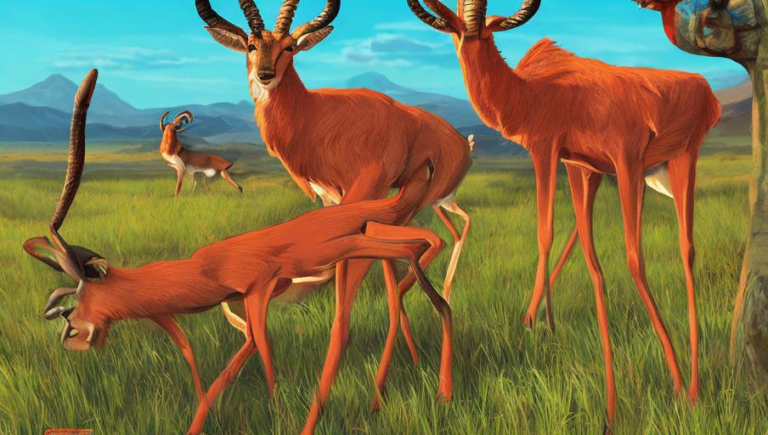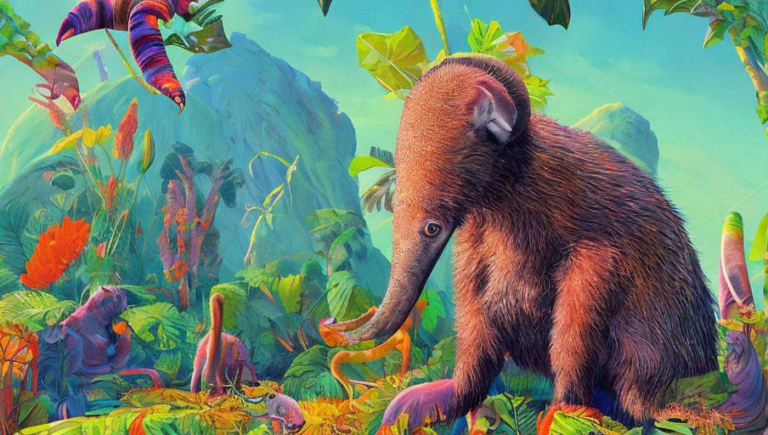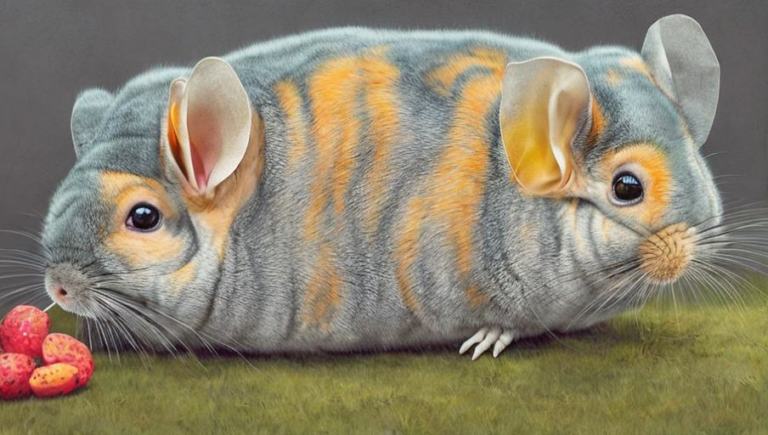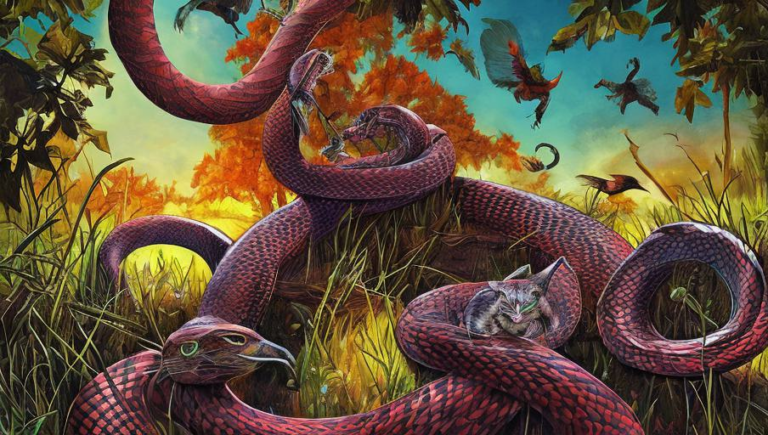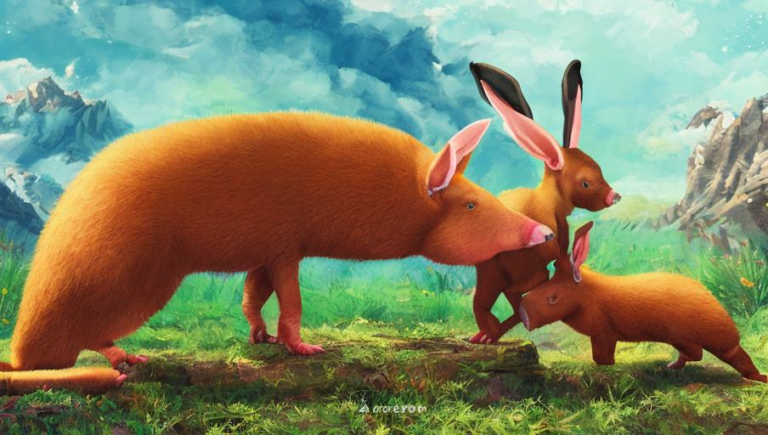Aardvark Conservation Efforts
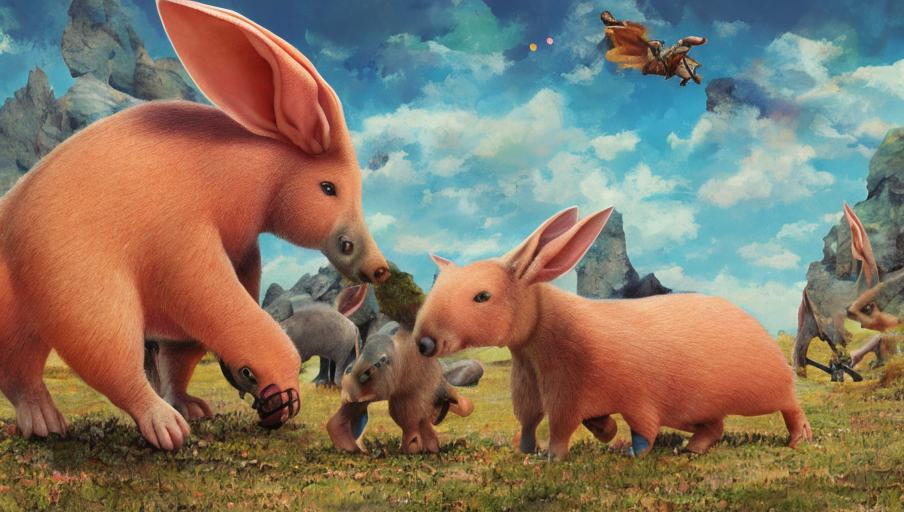
Introduction to Aardvarks
The aardvark is a strange and fascinating creature. It is the largest burrowing mammal in the world, and its diet consists mainly of ants and termites, which it finds with its long, sticky tongue. It is native to Africa and can be found in grasslands and savannas, as well as desert regions. Aardvarks are nocturnal, and they usually remain in their burrows during the day. In addition to their physical adaptations, aardvarks also have a unique set of behaviors, such as digging for food, marking their territory with a scent, and communicating with one another.
Threats to Aardvarks
Aardvarks face a number of threats in their natural habitat, including habitat destruction due to human development, poaching, and competition for food with other animals. These threats are compounded by the animal’s low reproductive rate, which makes it difficult for aardvarks to recover from population declines. As a result, aardvarks are listed as a species of least concern by the IUCN Red List, but their population is still in decline.
Conservation Efforts
In order to protect aardvarks and their habitats, conservationists and governments are taking a variety of actions. These efforts include protecting their habitats from human development, creating protected areas, relocating aardvarks to more suitable habitats, and raising awareness about the species and the importance of protecting it. Additionally, researchers are studying aardvarks in the wild in order to better understand their behavior and habitat needs.
Conclusion
The aardvark is a unique and fascinating creature, and it is important to protect it from the threats it faces. By protecting their habitats, raising awareness about the species, and studying their behavior, we can ensure that aardvarks will continue to thrive for generations to come.
